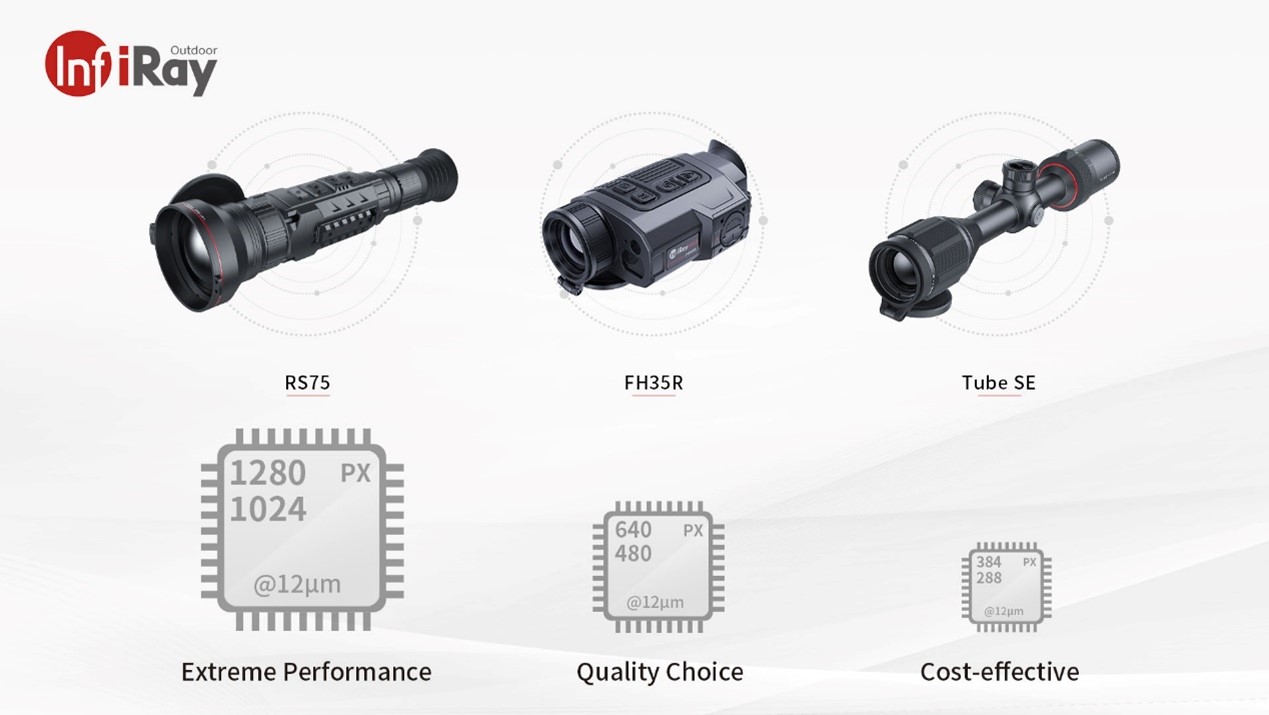
When it comes to thermal sensors for hunting and outdoor activities, there are several options available on the market. Among them, the resolution of 1280, 640, and 384 Thermal Sensors are widely recognized for their performance and capabilities. The resolution of a thermal sensor refers to the number of thermal imaging pixels it has and operates on the same principle as our visible light cameras. Higher resolution means there are more observation and temperature measurement points, allowing for the observation and measurement of smaller targets and the ability to observe objects at greater distances. Infiray Outdoor, as an industry leader and the first brand in the world to manufacture 8 μm thermal sensors, has always been striving to provide better products for everyone. In this article, we will explore the differences between these three thermal sensors, allowing you, as a consumer, to make an informed decision based on your specific needs and preferences.
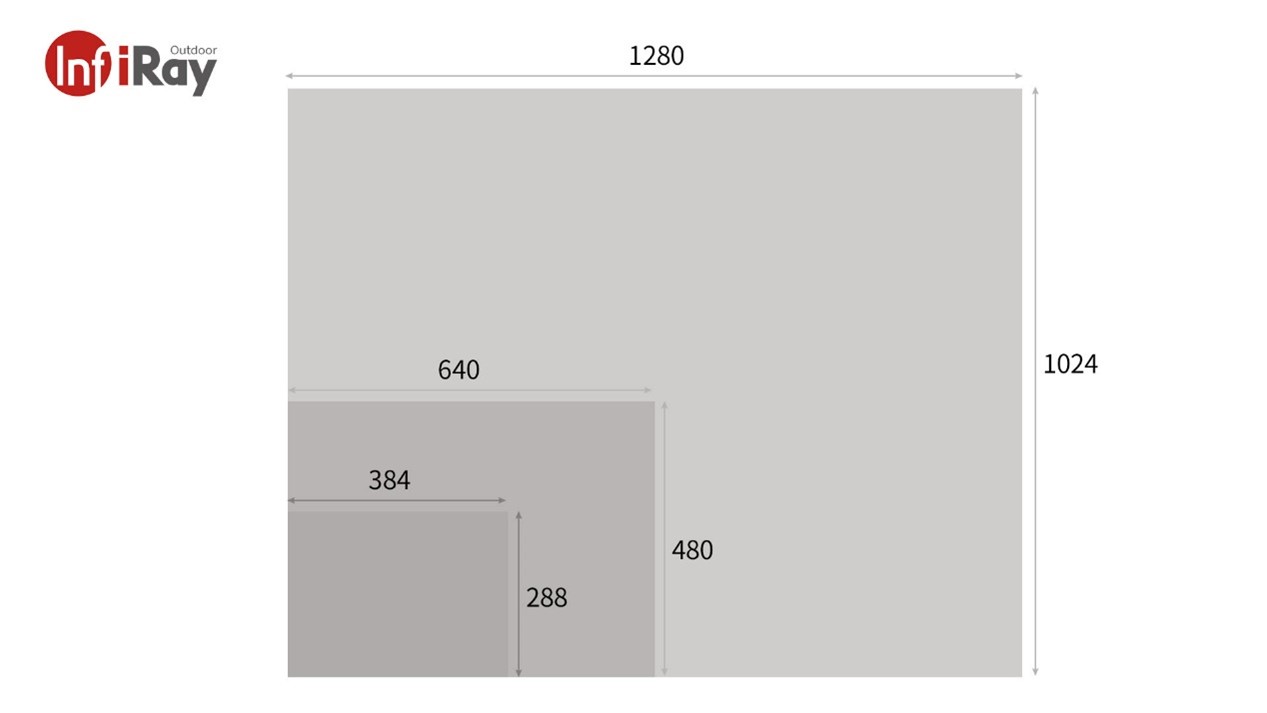
Illustration comparing the size of thermal sensors with different resolutions based on the same pixel size.
1280 Resolution Thermal Sensor:
The 1280 resolution thermal sensor stands out with its high resolution, providing exceptional image quality and clarity. It offers incredible detail, even at full zoom, allowing hunters to spot minute targets and observe them with precision. Infiray Outdoor's RS 75 is the world's first product to feature a 1280 resolution thermal sensor,redefining clarity and enhancing target acquisition capabilities for hunters. This sensor brings a new level of detail and precision to the hunting experience. If you pursue ultimate performance, a product equipped with a 1280 resolution thermal sensor would be your best choice.
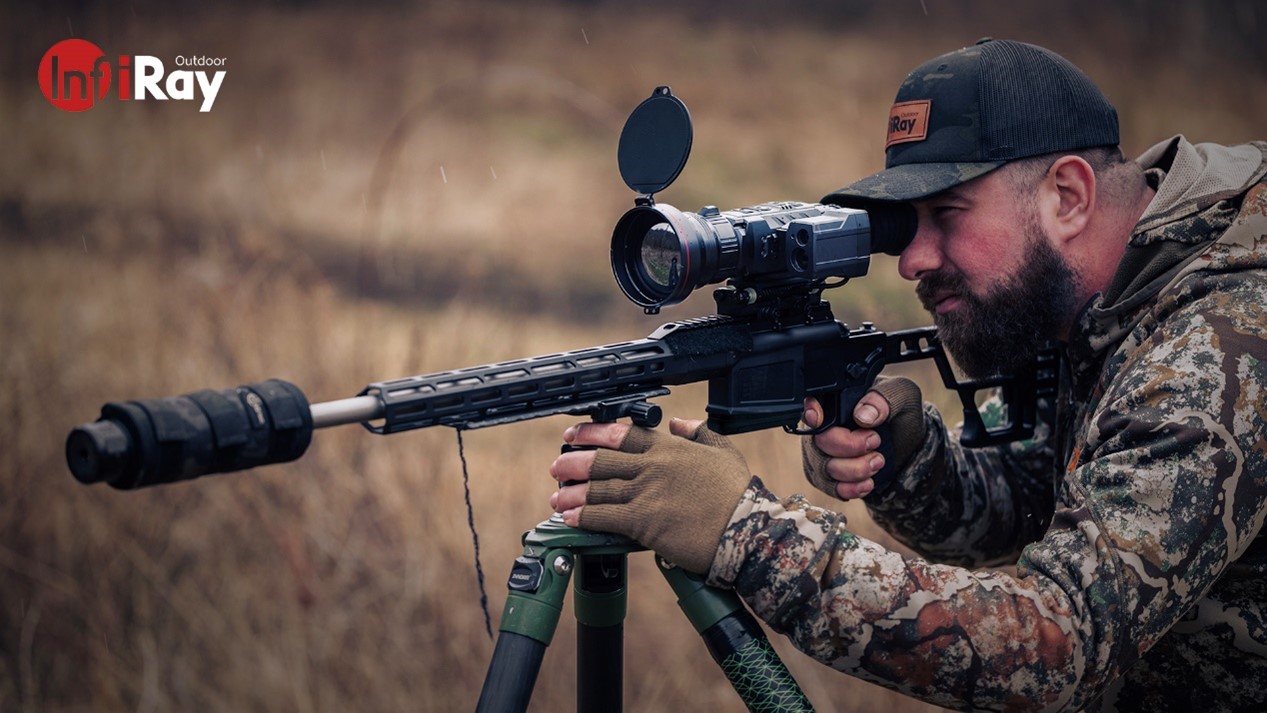
640 Resolution Thermal Sensor:
Another option available is the 640 resolution thermal sensor, which strikes a balance between performance and affordability. Infiray Outdoor's FH35R model incorporates the 640 resolution thermal Sensor, which offers good image quality and clarity without compromising on resolution. This sensor provides hunters with a reliable tool for thermal imaging, allowing them to detect targets and navigate their surroundings effectively.
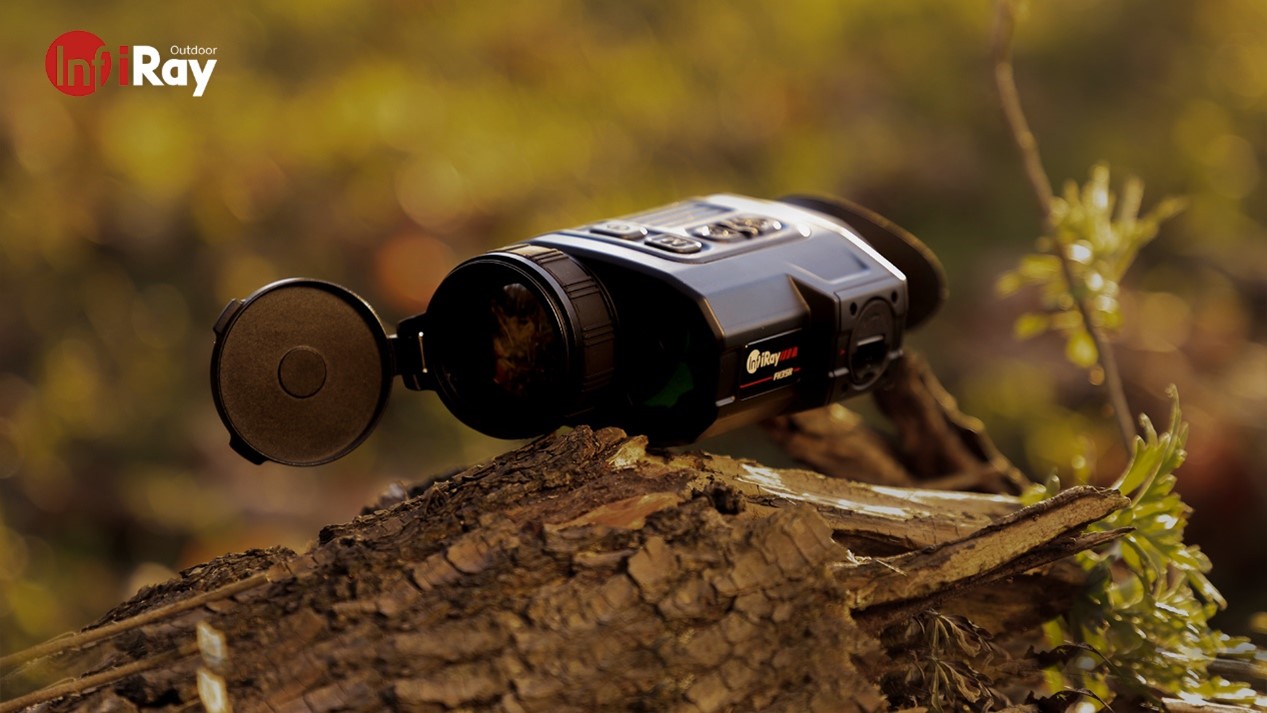
384 Resolution Thermal Sensor:
The 384 Thermal Sensor serves as a mainstream option, offering basic thermal imaging capabilities. While it may have a lower resolution compared to the higher-end sensors, it still provides valuable thermal detection and identification. -infiRay Outdoor offers a range of products that cater to different needs, including TUBE SE equipped with the 384 Thermal Sensor. This sensor allows budget-conscious hunters to experience the benefits of thermal imaging technology at an accessible price point.
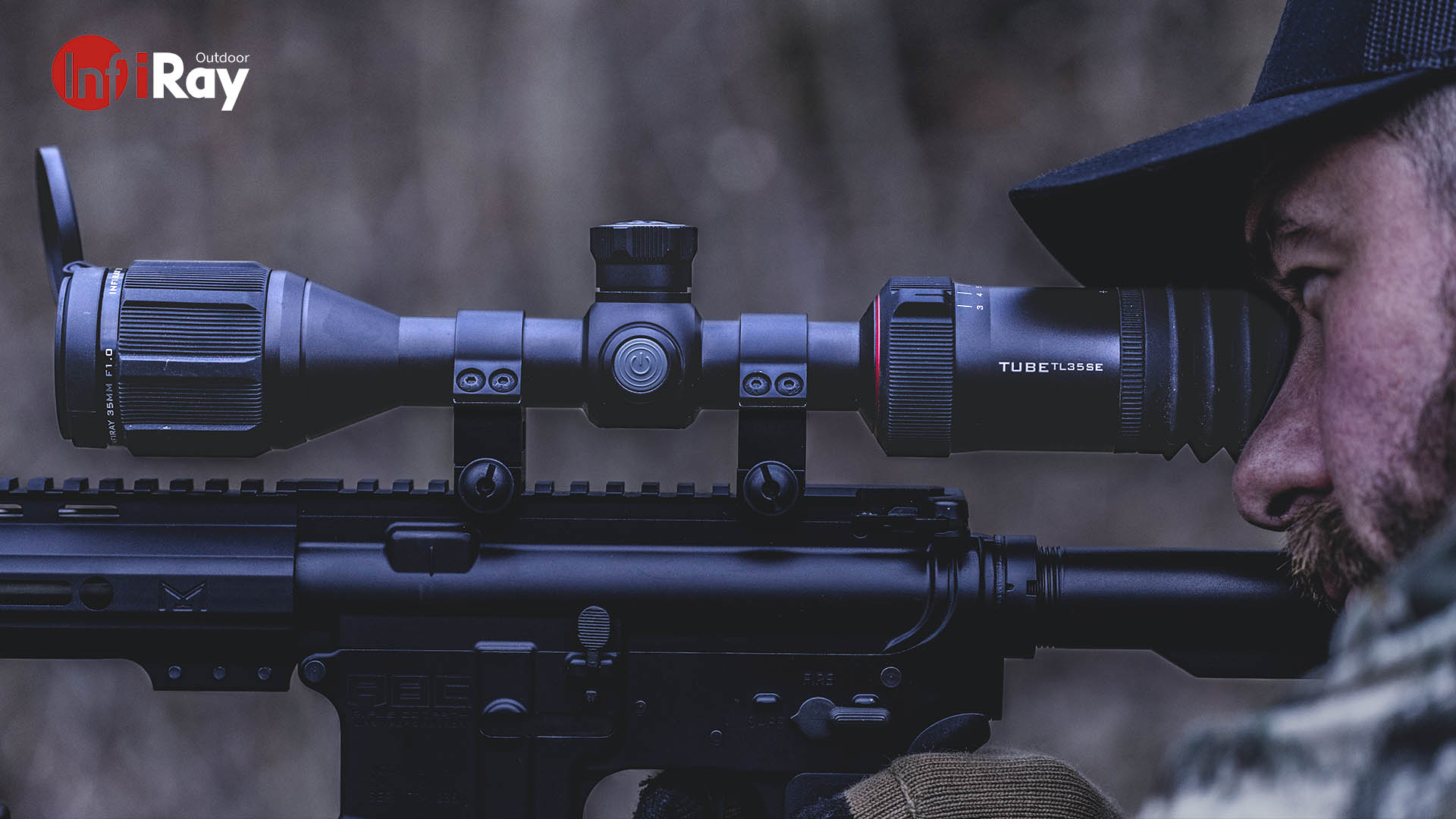
Choosing the Right Thermal Sensor:
When deciding which thermal sensor to choose, it's essential to consider your specific needs, preferences, and budget. The 1280 Thermal Sensor provides unparalleled image quality and clarity, ideal for those who prioritize high performance. The 640 Thermal Sensor strikes a balance between performance and affordability, making it a reliable choice for hunters. The 384 Thermal Sensor offers a good option for those on a limited budget, still providing valuable thermal imaging capabilities.
Infiray Outdoor offers a diverse range of products equipped with different thermal sensors. Each sensor has its advantages and considerations, and it's important to choose the one that aligns with your requirements. By understanding the differences between these thermal sensors, you can make an informed decision and enhance your hunting experience with the right tool for the job.
Learn more, you can visit: www.infirayoutdoor.com